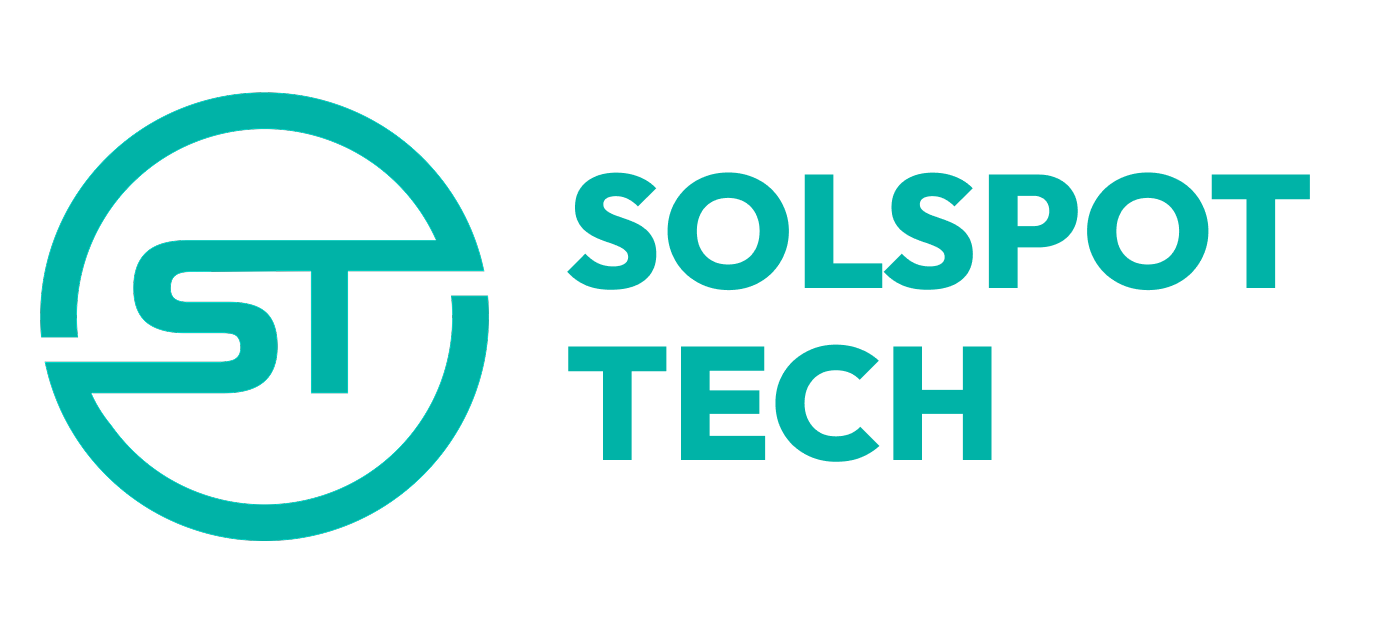In the competitive landscape of online casinos, understanding the nuances of various promotional offers is crucial for both players and operators. Promotions like cashback bonuses, deposit match offers, and free spins serve different strategic purposes, influencing player behavior, risk management, and casino profitability. As an illustrative example, spindog demonstrates how cashback bonuses can be integrated into a broader promotional strategy to balance player satisfaction with financial sustainability. This article explores these incentives in detail, comparing their features, risks, behavioral impacts, and long-term effects.
Table of Contents
How Do Cashback Bonuses Differ from Deposit Match Offers and Free Spins?
Key features and limitations of cashback rewards versus deposit bonuses
Cashback bonuses typically return a percentage of a player’s net losses over a specified period, offering a safety net during less successful gaming sessions. For example, a 10% cashback on losses up to £100 means a player recovers up to £10 if they lose that amount. Unlike deposit match offers, which provide a one-time bonus based on the initial deposit, cashback rewards are ongoing and tied directly to gameplay outcomes. Free spins, on the other hand, are usually limited to specific games and are designed to encourage trial play rather than provide ongoing financial recovery.
While cashback bonuses offer a more consistent return, they also come with limitations, such as maximum cashback amounts and wagering requirements. Deposit matches often require players to deposit funds to unlock the bonus, which can sometimes lead to over-depositing, whereas cashback is based purely on losses, making it more transparent and predictable for players seeking risk mitigation.
Practical scenarios where cashback provides more value than free spins
Consider a player engaged in high-variance slot games, where wins are infrequent but substantial. In such cases, cashback bonuses can recover some losses during downturns, providing psychological comfort and sustained playtime. For instance, during a losing streak, receiving 10% cashback on losses can soften the blow, maintaining engagement without additional deposits.
In contrast, free spins are more beneficial when targeting new players or promoting specific slots, as they offer an immediate chance to win without risking personal funds. However, for seasoned players or those experiencing extended losing streaks, cashback offers a more tangible form of risk management.
Impact of promotional structures on player retention and satisfaction
Promotions that balance risk and reward tend to foster higher player satisfaction. Cashback bonuses, by providing partial recovery of losses, can build trust and loyalty, leading to longer-term engagement. Deposit match offers may attract new players initially but can sometimes lead to dissatisfaction if wagering requirements are high or if players feel pressured to deposit more.
Ultimately, the choice of promotion influences not only immediate play but also the player’s perception of fairness and value, impacting retention rates over time.
Evaluating the Risk and Reward Profiles of Various Casino Incentives
How cashback bonuses mitigate losses during low win periods
Cashback bonuses serve as a form of financial buffer, especially during periods when luck is unfavorable. By returning a percentage of net losses, players can extend their gaming sessions without additional deposits, which can be crucial in avoiding premature withdrawals due to frustration. This feature aligns with the principle of risk mitigation, akin to insurance, providing peace of mind and encouraging sustained engagement.
Research indicates that players with access to cashback offers tend to experience less stress during losing streaks, translating into longer playtimes and increased chances of eventual wins. For operators, this means fostering loyalty while reducing churn caused by frustration.
Potential drawbacks of cashback compared to other promotional types
Despite their benefits, cashback bonuses are not without limitations. They often come with wagering requirements, which can diminish the actual value received. For example, a 10% cashback might be subject to a 20x wagering requirement, making it difficult to withdraw the recovered amount.
Additionally, cashback offers may encourage habitual play without necessarily increasing the overall revenue for the casino, especially if players perceive the bonus as a ‘safety net’ that reduces the incentive to make larger deposits.
Assessing the long-term benefits for different player types
Casinos must consider player profiles when designing promotional strategies. High rollers or experienced players may value cashback for its risk mitigation, encouraging longer sessions and higher stakes. Casual players might prefer deposit bonuses or free spins, which can deliver more immediate excitement and potential large wins.
From a long-term perspective, cashback promotions can foster loyalty among risk-averse players, but over-reliance on them might limit revenue growth. Balancing these incentives is key to sustainable profitability.
Analyzing Player Engagement and Behavior Incentivized by Different Promotions
How cashback bonuses influence betting frequency and deposit patterns
Cashback bonuses tend to promote consistent gaming behavior by reducing the perceived risk of losses. Players may increase their betting frequency, knowing that a portion of losses will be recovered, which sustains engagement over longer periods. This can lead to more stable deposit patterns, as players might deposit regularly to keep playing, confident in their safety net.
For example, a player might deposit weekly, expecting to receive cashback on losses, which encourages habitual play and potentially higher lifetime value for the casino.
Behavioral shifts prompted by high-value deposit bonuses versus cashback
High-value deposit bonuses often motivate players to deposit larger sums upfront, aiming for bigger potential wins. This can lead to more aggressive betting behavior but also increases the casino’s short-term revenue. Conversely, cashback rewards tend to encourage risk-averse behavior, with players making smaller, more frequent deposits to maximize cashback benefits, fostering a different engagement style focused on risk management.
Understanding these behavioral shifts allows operators to tailor promotional mixes that align with desired player actions and business objectives.
Measurable effects on player loyalty and activity levels
Studies show that players receiving cashback bonuses report higher satisfaction levels and are more likely to return compared to those solely incentivized by deposit bonuses or free spins. The perception of fairness and ongoing support enhances loyalty, which can be measured through increased session durations and repeat deposits over time.
In practice, integrating cashback offers as part of a diversified promotional strategy can lead to sustained player activity and a more predictable revenue stream.
Financial Impact on Casino Revenue and Profitability
Cost structure differences between cashback and other promotional offers
Cashback bonuses typically involve ongoing costs proportional to player losses, making their expense structure more predictable and manageable. Deposit match bonuses, however, require significant upfront capital outlay, especially if large bonuses are offered without strict wagering requirements.
For instance, a cashback program may cost the casino a percentage of net losses, which can be capped to control expenses, whereas deposit bonuses often involve immediate payout commitments that can strain cash flow if not properly managed.
How cashback promotions affect the casino’s bottom line in the short and long term
Short-term, cashback bonuses can be cost-effective, encouraging higher engagement without large upfront payouts. Over the long term, their influence depends on player retention and lifetime value. If cashback promotes loyalty and repeat play, the initial costs may be offset by increased revenue.
However, excessive reliance on cashback can erode profit margins if not balanced with other revenue-generating promotions. Strategic use of cashback, combined with targeted deposit bonuses and free spins, can optimize overall profitability.
Strategies for optimizing promotional mix to maximize profitability
Effective operators analyze player data to tailor promotional offers, balancing risk mitigation with revenue generation. Combining cashback with deposit bonuses for high-value players and free spins for newcomers creates a diversified portfolio that appeals to different player segments.
Regular monitoring of promotional costs versus player lifetime value helps refine strategies, ensuring promotions support sustainable growth. As the example of spindog suggests, integrating different incentives can create a cohesive ecosystem that benefits both players and the casino.
In conclusion, understanding the distinct characteristics of cashback bonuses compared to other casino promotions allows for smarter decision-making. By aligning promotional strategies with player preferences and operational goals, casinos can foster loyalty, manage risk, and enhance profitability in a highly competitive environment.

